Description
Coconut Shell Activated Carbon: A Sustainable Solution for a Cleaner World
In a world increasingly focused on sustainability and environmental responsibility, many industries are turning to natural and renewable resources. Among these, coconut shell activated carbon is gaining significant traction as a powerful and versatile material with a wide range of applications. This remarkable product, derived from the humble coconut, offers a compelling alternative to traditional activated carbon sources due to its unique properties and environmental benefits.
What is Coconut Shell Activated Carbon?
Coconut shell activated carbon is a form of carbon that has been processed to have a small, low-volume pores that increase the surface area available for adsorption or chemical reactions. In essence, it’s a highly porous material that can effectively trap and remove impurities from various substances, including liquids and gases.
The production process typically involves two key stages:
- Carbonization: Coconut shells are heated in an oxygen-deprived environment to convert them into charcoal. This process removes volatile compounds, leaving a carbon-rich material behind.
- Activation: The charcoal is then activated using steam, chemical agents (like phosphoric acid or potassium hydroxide), or high temperatures. This activation process further develops the porous structure, dramatically increasing the surface area. A single gram of activated carbon can have a surface area equivalent to several hundred square meters!
Why Choose Coconut Shell Activated Carbon?
Several factors contribute to the growing popularity of coconut shell activated carbon:
- Sustainable Source: Coconuts are a renewable resource, and coconut shells are often considered agricultural waste. Utilizing these shells for activated carbon production provides a valuable and sustainable use for a byproduct that would otherwise be discarded.
- High Purity: Coconut shell activated carbon is known for its high purity and low ash content compared to activated carbon derived from other sources like coal or wood. This makes it ideal for applications where purity is critical.
- Superior Adsorption Capacity: The unique pore structure of coconut shell activated carbon allows for excellent adsorption of organic contaminants, chlorine, taste, and odor from water and air.
- Hardness and Durability: Coconut shell activated carbon is generally harder and more durable than other types of activated carbon, leading to a longer lifespan and reduced dust generation.
- Cost-Effectiveness: In many regions, coconut shells are readily available and relatively inexpensive, making coconut shell activated carbon a cost-effective solution compared to other activated carbon sources.
Applications Across Industries:
The versatility of coconut shell activated carbon has led to its widespread use in various industries:
- Water Treatment: This is arguably the most significant application. It’s used extensively in municipal and industrial water treatment plants to remove contaminants, improve taste and odor, and produce potable water. It’s also found in household water filters.
- Air Purification: Coconut shell activated carbon is effective in removing pollutants, odors, and VOCs (volatile organic compounds) from the air. It’s used in air purifiers, HVAC systems, and industrial emission control.
- Food and Beverage Industry: It’s used to decolorize and purify sugar syrups, remove unwanted flavors from alcoholic beverages, and clarify fruit juices.
- Pharmaceuticals: Coconut shell activated carbon is used to decolorize and purify pharmaceutical products, as well as in medicinal applications for treating poisoning and drug overdoses.
- Gold Extraction: It’s used to recover gold from cyanide solutions in the gold mining industry. The activated carbon adsorbs the gold complex, which can then be recovered through various chemical processes.
- Personal Care Products: It’s increasingly being incorporated into personal care products like toothpaste, face masks, and soaps due to its ability to absorb impurities and toxins.
The Future of Coconut Shell Activated Carbon:
As environmental concerns continue to grow, the demand for sustainable solutions like coconut shell activated carbon is expected to rise. Ongoing research is exploring new activation techniques and applications to further enhance its performance and broaden its use.
Conclusion:
Coconut shell activated carbon represents a powerful and sustainable solution for various industries seeking effective purification and filtration methods. Its renewable source, high purity, superior adsorption capacity, and cost-effectiveness make it a compelling alternative to traditional activated carbon sources. As technology evolves and environmental awareness increases, coconut shell activated carbon is poised to play an increasingly important role in creating a cleaner and more sustainable future. By embracing this remarkable material, we can harness the power of nature to address some of the world’s most pressing environmental challenges.

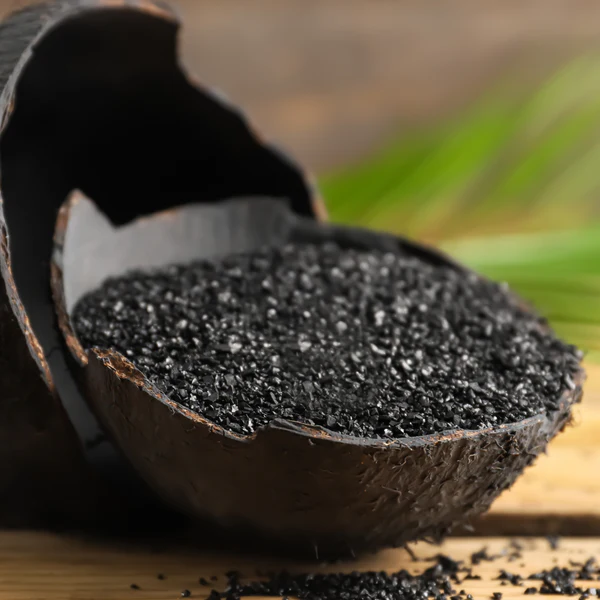
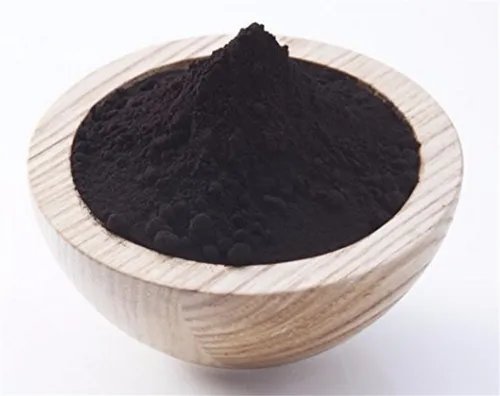
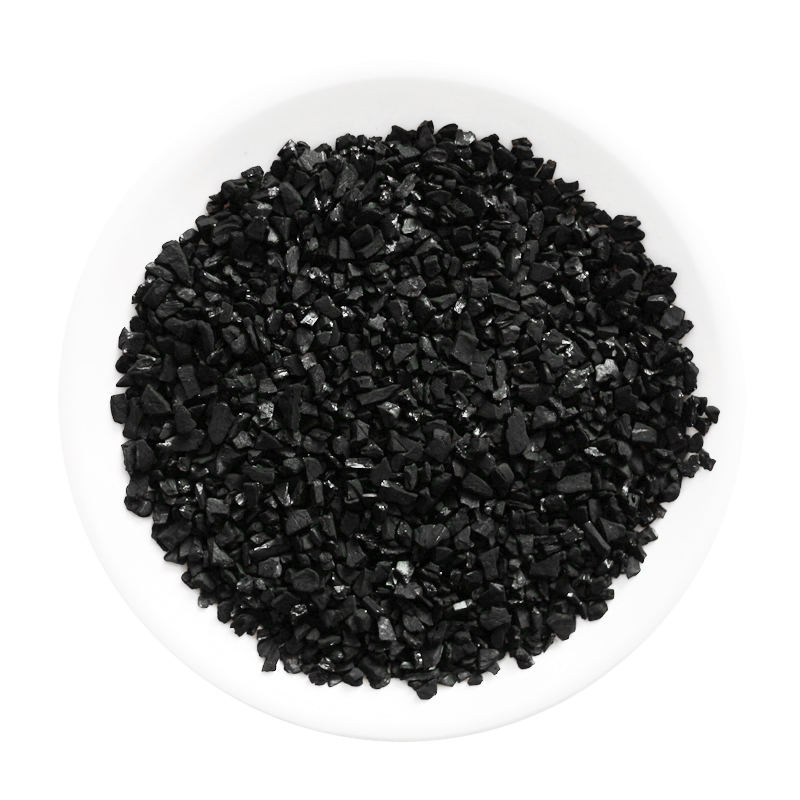
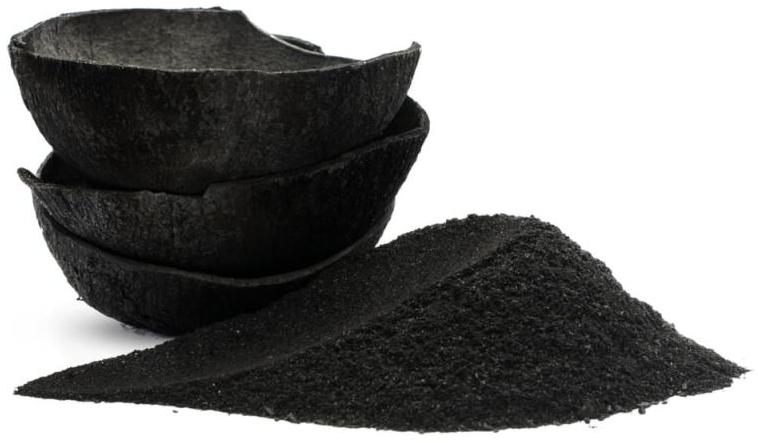
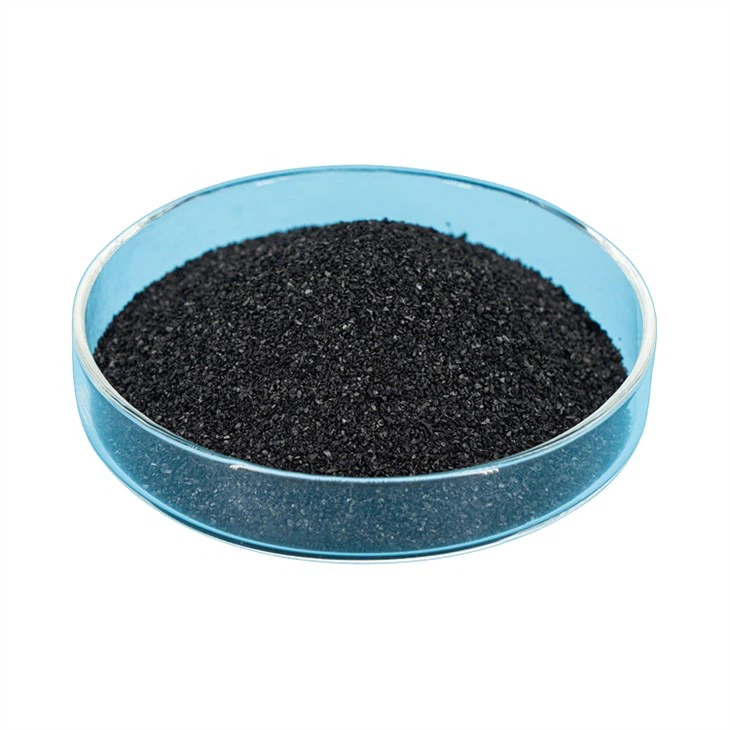

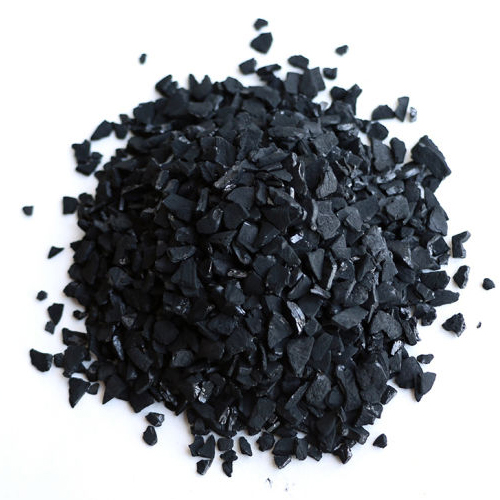
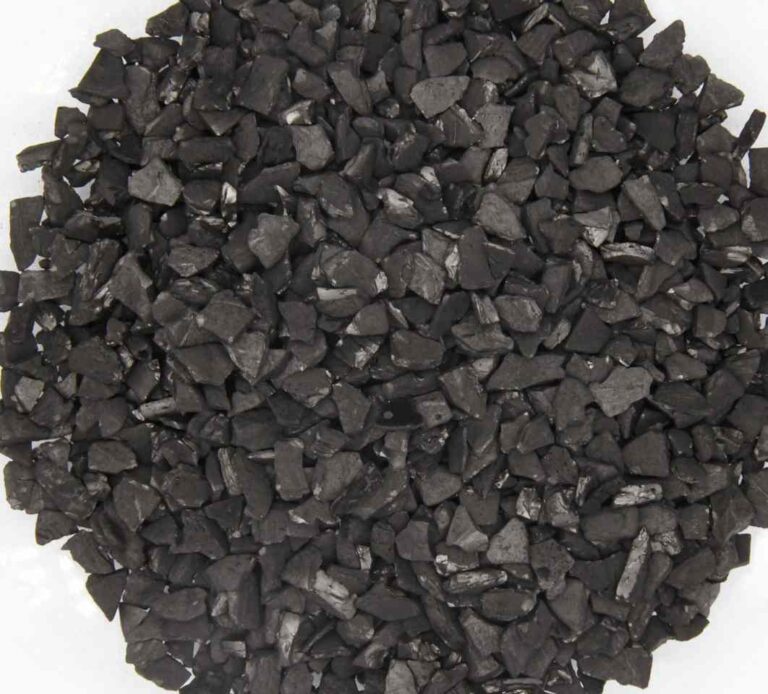




Reviews
There are no reviews yet.